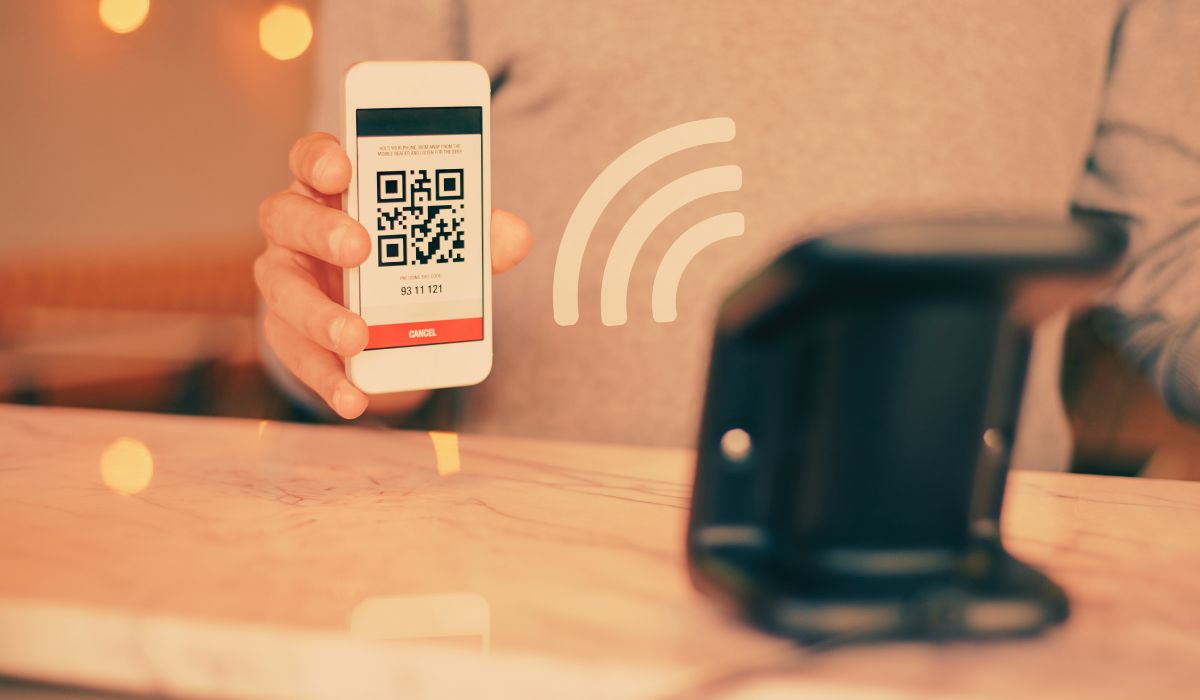Ever since the Internet became a household name and every apartment got a modem or router with a high-speed plan, the world of online payment or payment rail, the industry-specific term, has witnessed a massive boom. Though the landscape appears to be changing with users moving towards economic and safer alternatives, the payment rail market hasn’t suffered any significant losses. Could that change? To quote industry experts and enthusiasts, the entire payment rail ecosystem might shrink exponentially, and blockchain-based alternatives will acquire a major market share.
But let’s not get ahead already! The ecosystem still commands a strong position, with the majority of local and cross-border transactions still initiated via payment rails. There are several market players, each having a user base of millions. For those who prefer sticking to the conventional payment rails, here are the best options in the market:
PayPal:
PayPal, founded in 1998, is one of the most popular payment rails globally. It has a massive user base in all countries and has been the preferred choice for cross-border transactions. The platform, on average, processed $1.35 trillion in volume and roughly 12 billion transactions every year for the last few. It highlights the popularity and success of PayPal.
However, PayPal, too, has its fair share of flaws. First, it has different policies across regions depending on the local regulations and, sometimes, ease of operation. Besides, international payments may take up to 5 working days in some cases, a major drawback for someone finance industry looking for quicker modes.
Swift:
Another name that has made a significant impact in the industry in the last few years is Swift. Of late, it has emerged as one of the top payment rails, beating some of the long-standing competitors in no time. It’s pretty user-friendly and is expected to become the leading payment platform in the next few years/
Recording roughly 38 million transactions a day and covering 11,000 financial institutions across more than 200 countries, Swift is touted as the future. It’s one of the few market players employing the latest technologies and making payments all the more seamless, safe, and quick. In the later sections, we will discover whether it can compete with blockchain-based alternatives.
Automated Clearing House (ACH):
ACH is a large payment rail option, but mainly used in the industry’s automatic billing and payroll deposits segment. It’s not a household name, but with several major corporations heavily relying on it, ACH recorded a $72.6 trillion transaction volume in 2021.
With ACH, payments usually take three days, but users could go for the same-day or 2-day options for faster results.
The Clearing House RTP:
Clearing House RTP primarily focuses on electronic money transfers between banks in the United States. Launched back in 2017, it’s a major industry player with a significant payment volume and total number of transactions.
As the name suggests, Clearing House RTP is known for real-time payments and employs the latest security standards in the market, making it a quicker, safer, and faster payment rail.
With a proper understanding of the major market players, one can identify why payment rails are not the industry’s future. Though they were a massive help in the last few decades, the exponential increase in the number and volume of transactions is beyond their capacity. The prime concern with these is the payment processing time, sometimes even as high as 3-5 days, except for Clearing House RTP, but it lacks in other aspects.
What is the alternative? Though blockchain-based options are on the rise, is there any that’s viable in the long run and serves the interest of the consumer? The only option that can compete with conventional payment rails and even blockchain solutions is Qi. The Qi blockchain employs ISO20022, the latest and the most secure standard in the market, ensuring top-notch security and real-time insights on transactions with end-to-end lifecycle processes.
Some of the primary benefits of using the Qi blockchain for both local and international transactions are:
- Quicker: While the conventional payment rails discussed earlier, especially Swift and PayPal, take as long as 3-5 days to process transactions, Qi does it way sooner. Besides, Swift reported a 6% error rate, meaning 6 in 100 transactions fail to complete. Subsequently, these need to be re-initiated, leading to a higher overall transaction processing time.
- Cheaper: In the African region, Western Union and Union Pay charge as high as 16% for cross-border transactions, a massive sum by any standard. The question that arises is, when new options like Qi are now available with significantly lower transaction fees, why let the market players exploit ordinary people?
- Safer: ISO20022 is an ISO, meaning it will be employed across the ecosystem sooner or later, and will provide a unified language for financial transactions. The best part, ISO20022 applies to consumers, investors, banks, and major corporations, leaving no one out of the picture. Besides, the blockchain part of the system eliminates the role of the third party and ensures direct transactions between the two sides. It not just makes transactions a lot safer but reduces the fee.
While the world may still take a few years to finally transition to blockchain-based solutions, particularly the Qi blockchain, for seamless transactions, why should you wait for a long when the option is available right away? Find out more about the Qi blockchain, identify how it benefits you, the amount and time you save on transactions and other similar aspects. Once done, switch to the Qi blockchain and witness the change in the payment rail spectrum from the early days.







